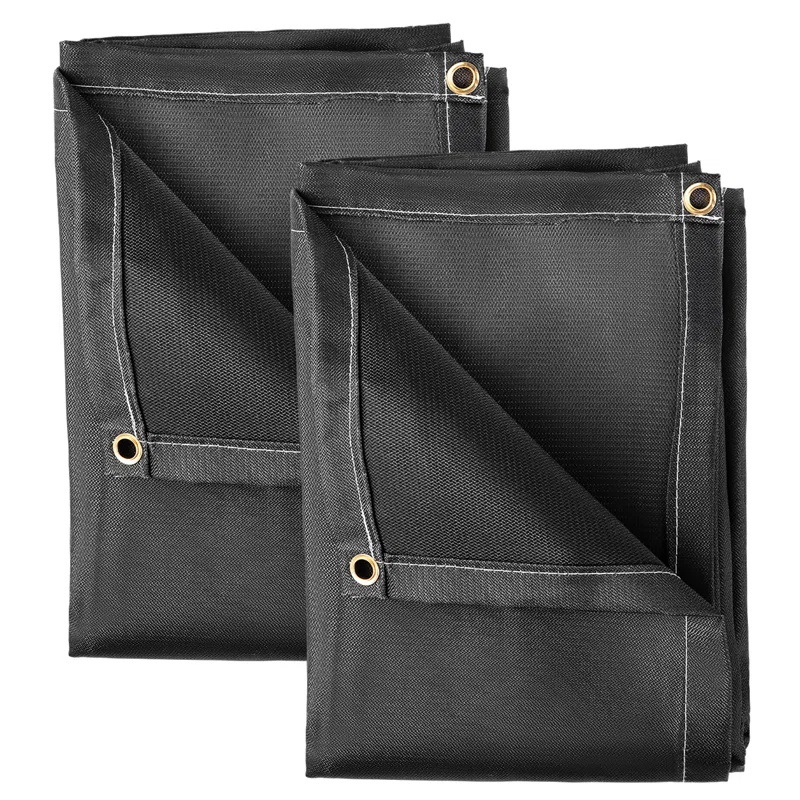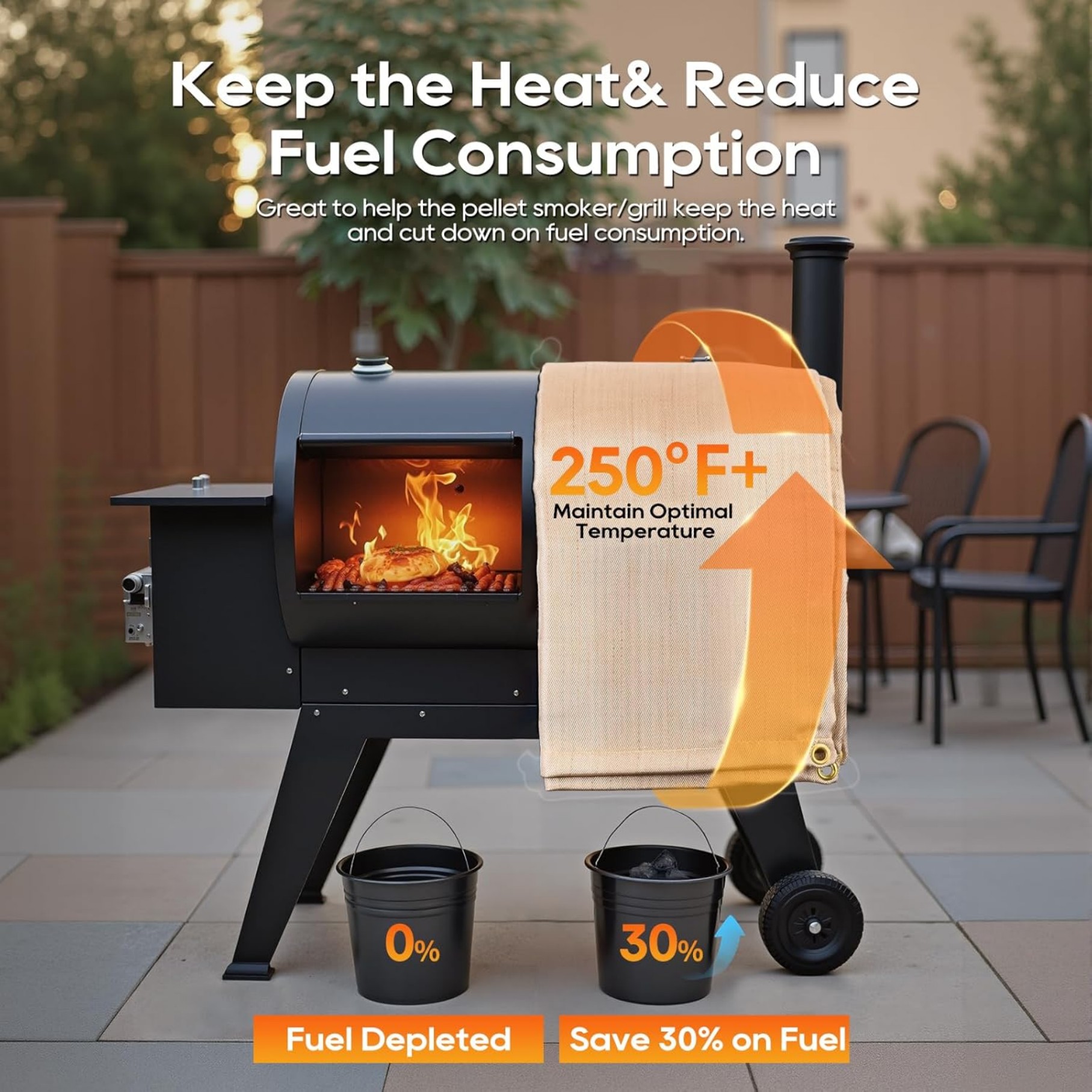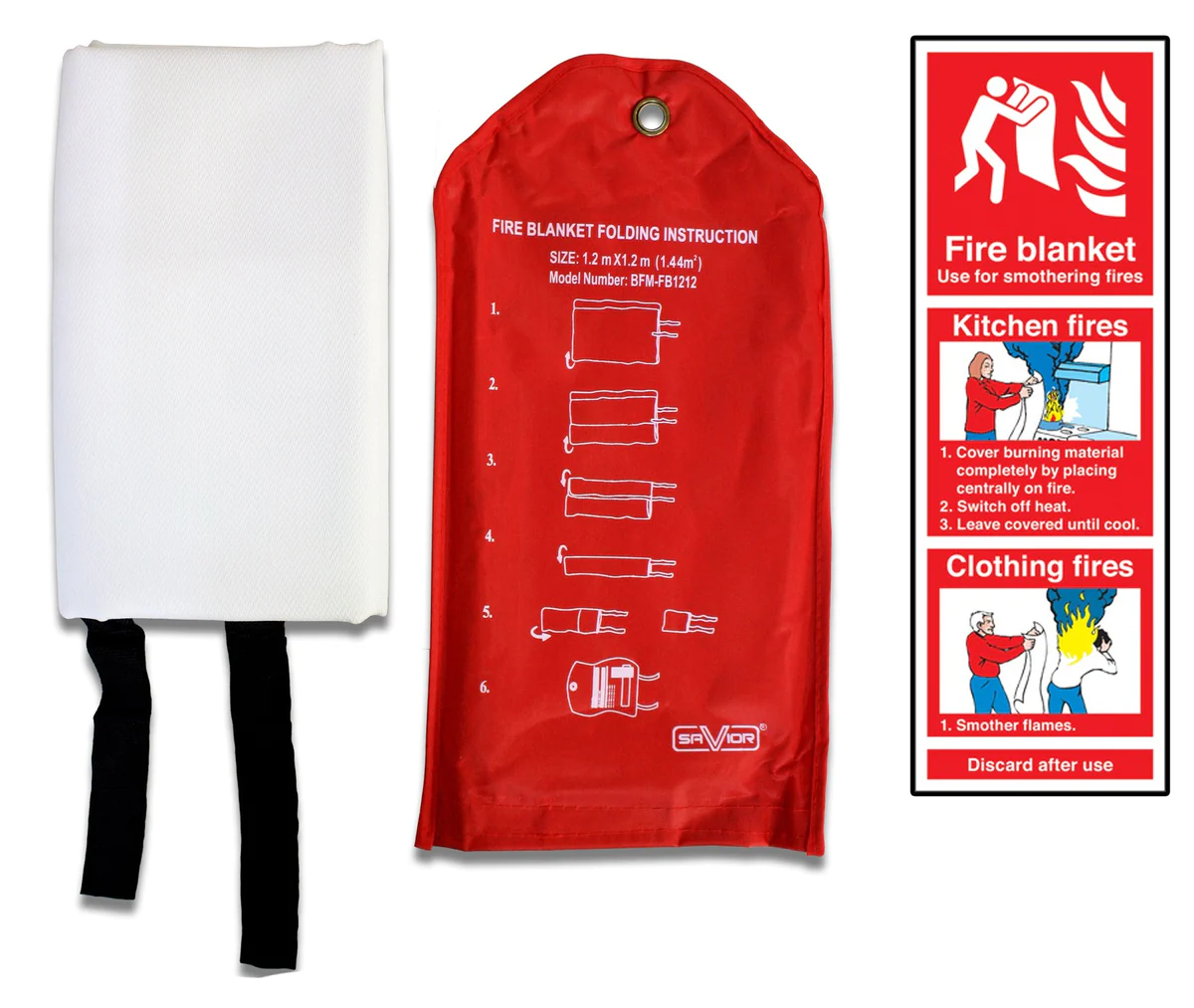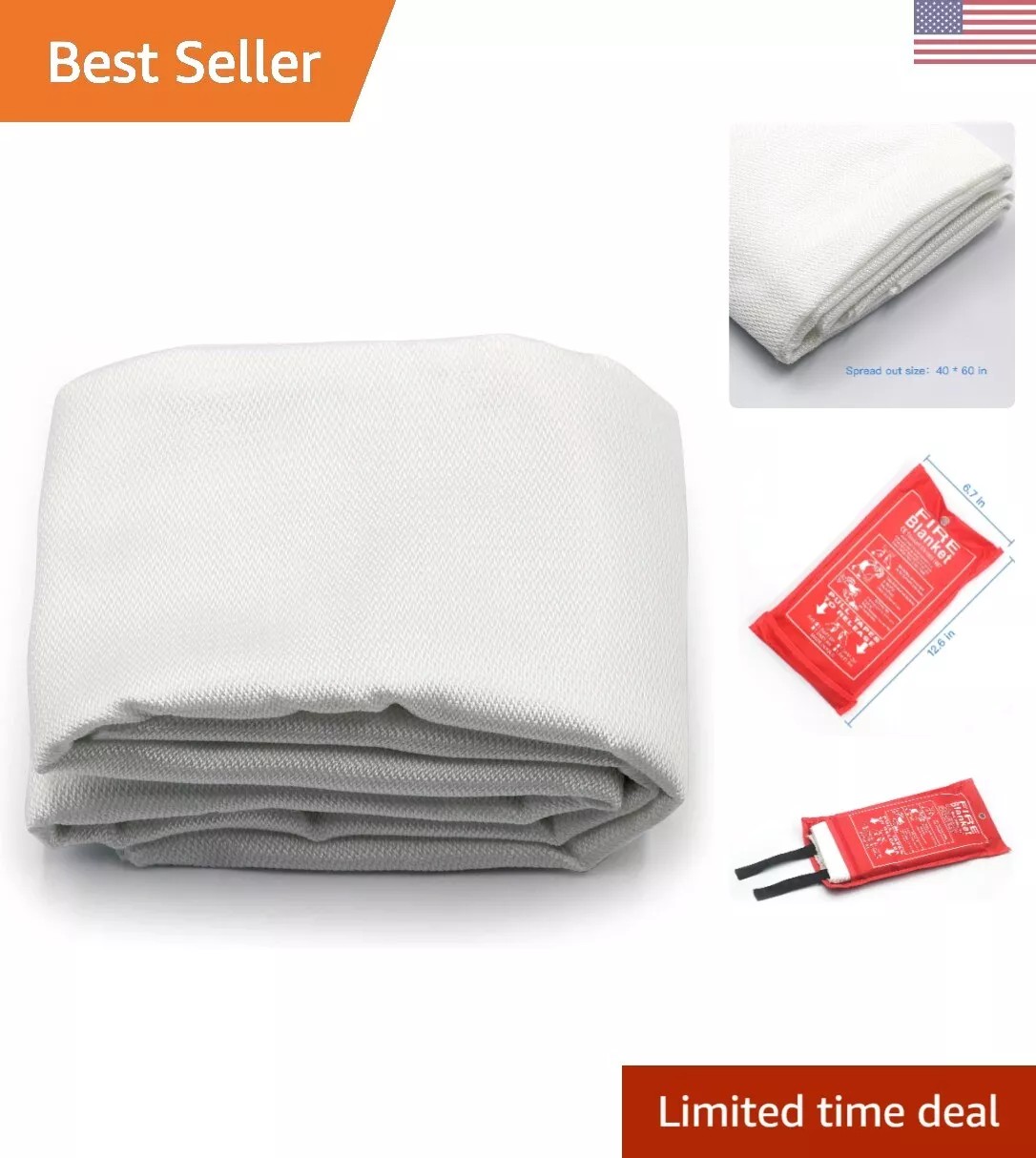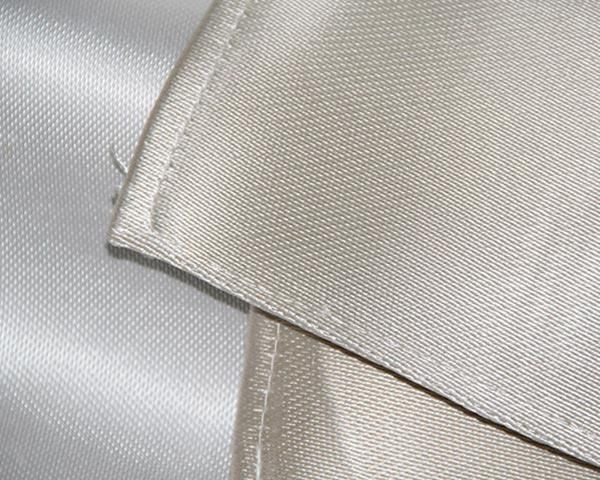Fire Blanket Industrial: Essential Safety Gear for High-Risk Workplaces
Industrial fire blankets are crucial safety devices that smother small fires by cutting off oxygen. This guide explains their materials, uses, selection criteria, and maintenance for optimal workplace fire protection.
What Is an Industrial Fire Blanket?
An industrial fire blanket is a specially designed safety device made from fire-resistant materials. Unlike standard fire blankets, industrial versions are larger (typically 1.8m x 1.8m to 2.4m x 2.4m) and made with heavier materials to withstand intense industrial environments.
These blankets work on the principle of oxygen deprivation - when placed over a fire, they starve the flames of oxygen, causing the fire to extinguish. Industrial fire blankets are rated for higher temperatures (up to 1000°C/1832°F) compared to domestic versions.

Key Applications in Industrial Settings
Industrial fire blankets serve multiple critical functions:
- Personnel protection:Wrap around individuals whose clothing has caught fire (stop, drop, and roll technique)
- Equipment fires:Smother small fires on machinery, electrical panels, or workstations
- Spill containment:Control flammable liquid spills to prevent fire spread
- Welding protection:Protect surfaces from sparks during hot work operations
- Emergency egress:Use as temporary protection when evacuating through fire areas
Industrial fire blankets are particularly effective for Class F (cooking oil/fat) fires and small Class B (flammable liquid) fires. They're often the safest first response before escalating to fire extinguishers.
Material Composition Matters
Quality industrial fire blankets use specialized materials:
- Fiberglass:Most common base material, withstands temperatures up to 1000°C
- Silicone coatings:Enhance durability and water resistance
- Fire-retardant wool:Used in some premium blankets for better flexibility
- Reflective layers:Some industrial blankets include aluminum layers for radiant heat protection
Look for blankets meeting EN 1869 or ASTM F1989 standards, which certify their fire performance. Industrial-grade blankets typically have reinforced edges and sturdy pull straps for quick deployment.
Selecting the Right Industrial Fire Blanket
Consider these factors when choosing fire blanket industrial solutions:
- Size:Larger work areas need bigger blankets (minimum 1.8m x 1.8m for industrial use)
- Temperature rating:Match to your workplace's potential fire risks
- Deployment method: Wall-mounted boxes vs. portable pouches based on your facility layout
- Chemical compatibility: Some industries need special coatings for chemical resistance
- Visibility: Bright colors (usually red or orange) for easy identification in emergencies
Proper Installation and Maintenance
To ensure your industrial fire blanket works when needed:
- Mount in visible, accessible locations near fire risks (within 30 feet of potential hazard areas)
- Train all employees on proper deployment techniques (pull tabs downward, shield hands, cover fire completely)
- Inspect monthly for damage, proper folding, and easy removal from containers
- Replace after any use or if inspection reveals tears, discoloration, or stiffening
- Keep spares available - industrial environments may need multiple blankets
Industrial Fire Blanket vs. Extinguishers
While fire extinguishers are essential, industrial fire blankets offer advantages:
- No chemical residue that can damage sensitive equipment
- Safer for electrical fires (no conductivity risk)
- Easier to use with minimal training
- Effective on grease fires where water-based extinguishers fail
- Can protect people directly (wrapping burning individuals)
Best practice is to have both fire blankets and appropriate extinguishers strategically placed throughout your facility. Industrial fire blankets serve as excellent first-response tools while extinguishers handle larger fires.
Industry-Specific Considerations
Different industrial sectors have unique fire blanket needs:
- Manufacturing:Focus on machinery protection and oil/grease fires
- Laboratories:Need chemical-resistant materials and smaller sizes for bench use
- Commercial kitchens:Require specialized grease fire blankets
- Welding shops:Benefit from spark-resistant blankets with high temperature ratings
- Oil/gas industry:Need explosion-proof storage containers for blankets
Training and Compliance
OSHA and other regulatory bodies require proper fire safety equipment and training. Include fire blanket industrial training in your safety programs:
- Demonstrate proper deployment techniques
- Practice wrapping techniques for personnel protection
- Explain limitations (blankets work best on contained, small fires)
- Document all training sessions and equipment inspections
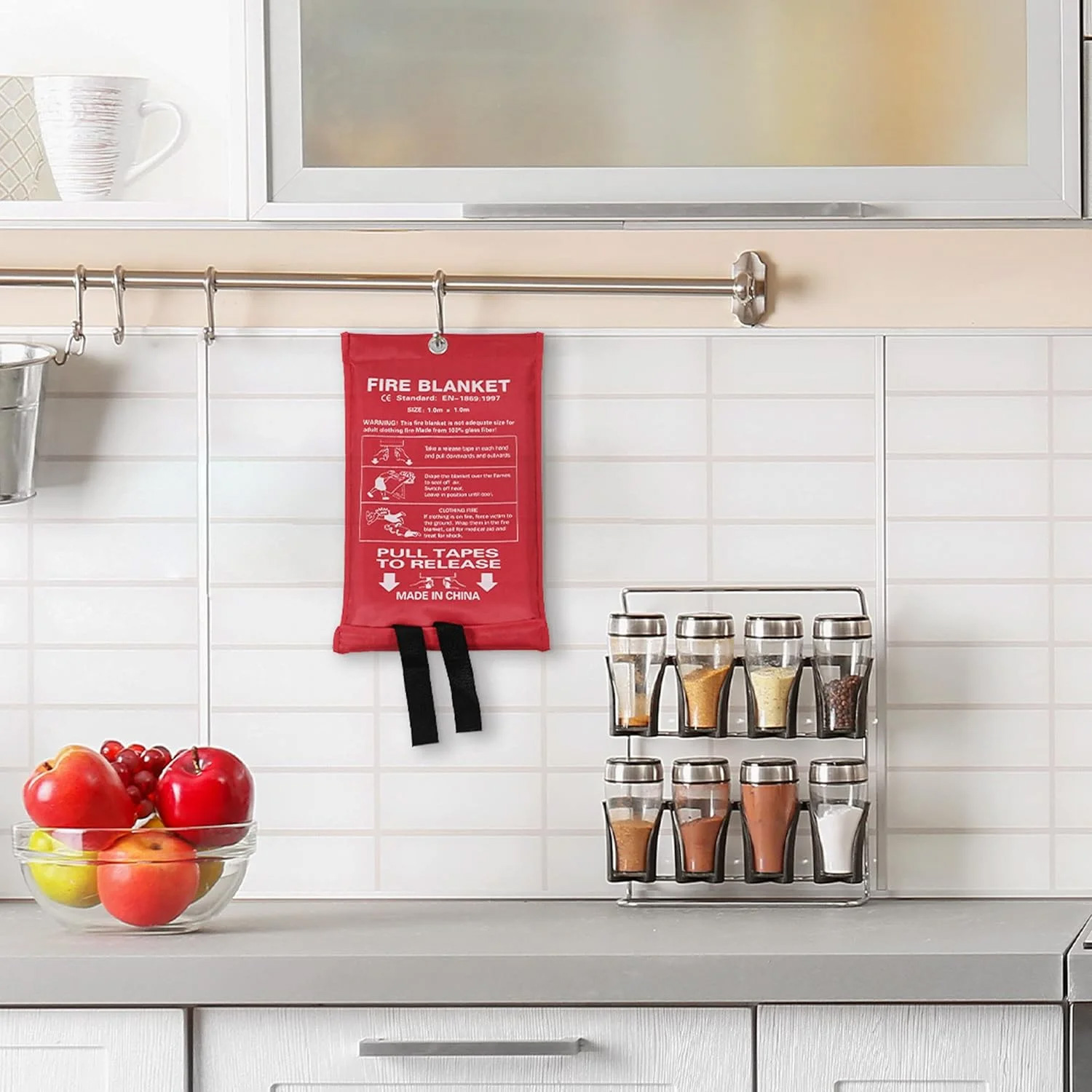
Regular drills using training blankets (non-fire versions) help employees build muscle memory for emergency situations.
Conclusion
Industrial fire blankets are cost-effective, versatile safety tools that belong in every high-risk workplace. By selecting the right fire blanket industrial solution for your environment, properly maintaining it, and training your team, you add an important layer of fire protection to your safety program.
Remember - the small investment in quality industrial fire blankets could prevent catastrophic damage and save lives when seconds count.


